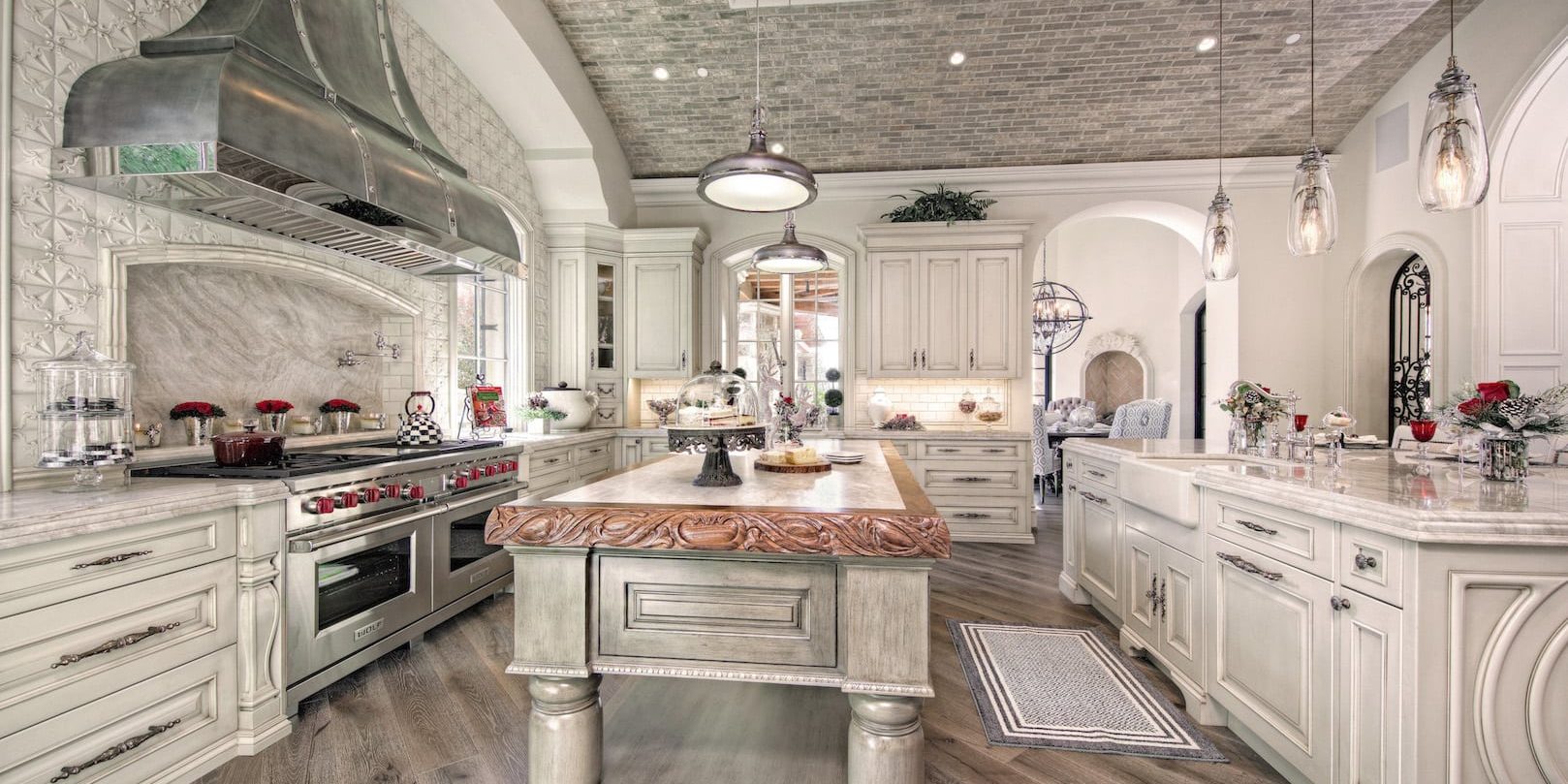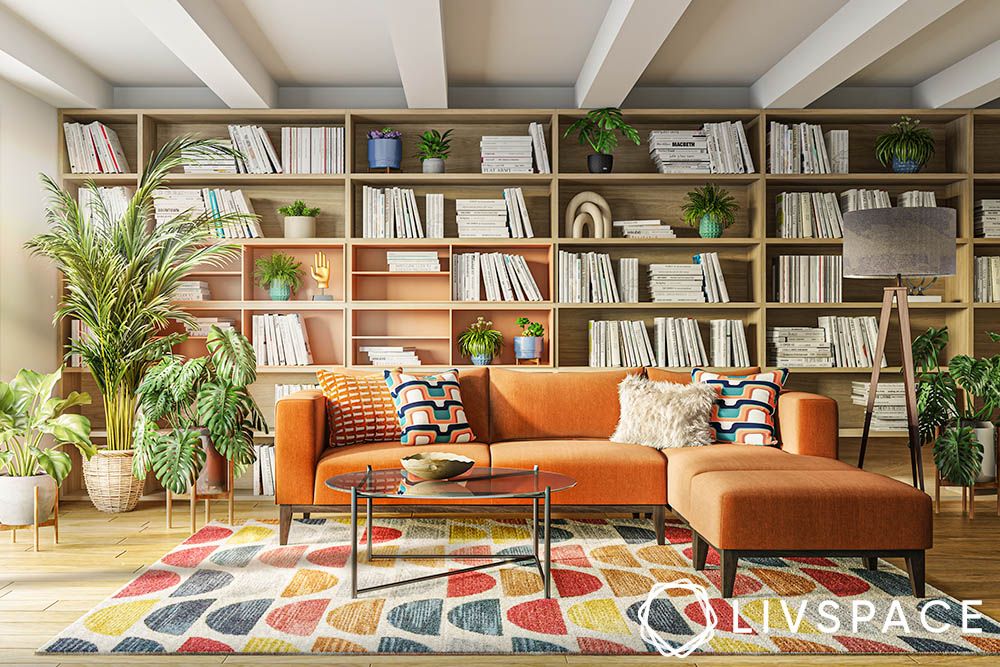The Growing Importance of Toy Safety
Kids spend a significant portion of their time playing, and toys are an integral part of their development. Ensuring the safety of these toys is paramount, not just for preventing immediate injuries but also for safeguarding a child’s long-term health and well-being. With globalization and a vast array of materials used in toy manufacturing, the need for robust quality assurance (QA) methods is more critical than ever. The potential consequences of unsafe toys – from minor irritations to severe health problems – underscore the seriousness of this issue. We’ve moved beyond simply checking for sharp edges; today’s QA needs a multi-faceted approach.
Material Testing: Beyond the Obvious
Traditional toy safety checks often focused on things like sharp points and small parts that could pose choking hazards. While these remain essential, modern QA incorporates advanced material testing. This involves analyzing the chemical composition of plastics, paints, and fabrics to identify potentially harmful substances like lead, phthalates, and formaldehyde. Sophisticated techniques such as gas chromatography-mass spectrometry (GC-MS) and inductively coupled plasma mass spectrometry (ICP-MS) are employed to detect even trace amounts of these toxins, ensuring that materials comply with stringent safety regulations worldwide. This meticulous testing process is critical in protecting children from long-term health risks associated with exposure to harmful chemicals.
Mechanical and Physical Testing: Withstanding Play
Toys are designed to be played with, often quite rigorously. That’s why rigorous mechanical and physical testing is a cornerstone of effective QA. This goes beyond simply dropping a toy; it involves subjecting it to a range of stresses and strains simulating real-world play scenarios. Tests assess durability, strength, and stability. For example, a toy car might be subjected to repeated impacts, while a doll might undergo extensive bending and twisting to ensure it can withstand a child’s enthusiastic handling. This ensures that toys won’t break easily, causing injuries from sharp edges or small parts that could become loose.
Electrical Safety: Powering Play Responsibly
With the increasing prevalence of electronic toys, electrical safety testing is crucial. This involves verifying the integrity of electrical components, insulation, and wiring to prevent electrical shocks or fires. QA protocols often include tests to check for proper grounding, voltage levels, and the absence of leakage currents. These tests are essential to guarantee that electronic toys function safely and reliably without posing electrical hazards to children. Moreover, stringent testing also ensures that batteries are securely housed and difficult for children to access and potentially ingest.
Emerging Technologies: Enhancing QA Processes
The field of toy safety is constantly evolving, driven by advancements in technology and materials. New QA methods are embracing innovative technologies to enhance the efficiency and effectiveness of testing. For example, 3D scanning and computer-aided design (CAD) can be used to create detailed virtual models of toys, enabling simulations of stress and strain before physical prototypes are even built. Artificial intelligence (AI) is also being integrated into quality control, helping to automate inspection processes and identify potential defects more accurately and rapidly.






![Everything You Need to Know Hermes’ [Bag Name] Everything You Need to Know Hermes’ [Bag Name]](https://images.unsplash.com/photo-1507666664345-c49223375e33?fm=jpg&q=60&w=3000&ixlib=rb-4.0.3&ixid=M3wxMjA3fDB8MHxzZWFyY2h8MTN8fGhlcm1lcyUyMHBhcmlzJTIwYmFnfGVufDB8MHwwfHx8Mg%3D%3D)








